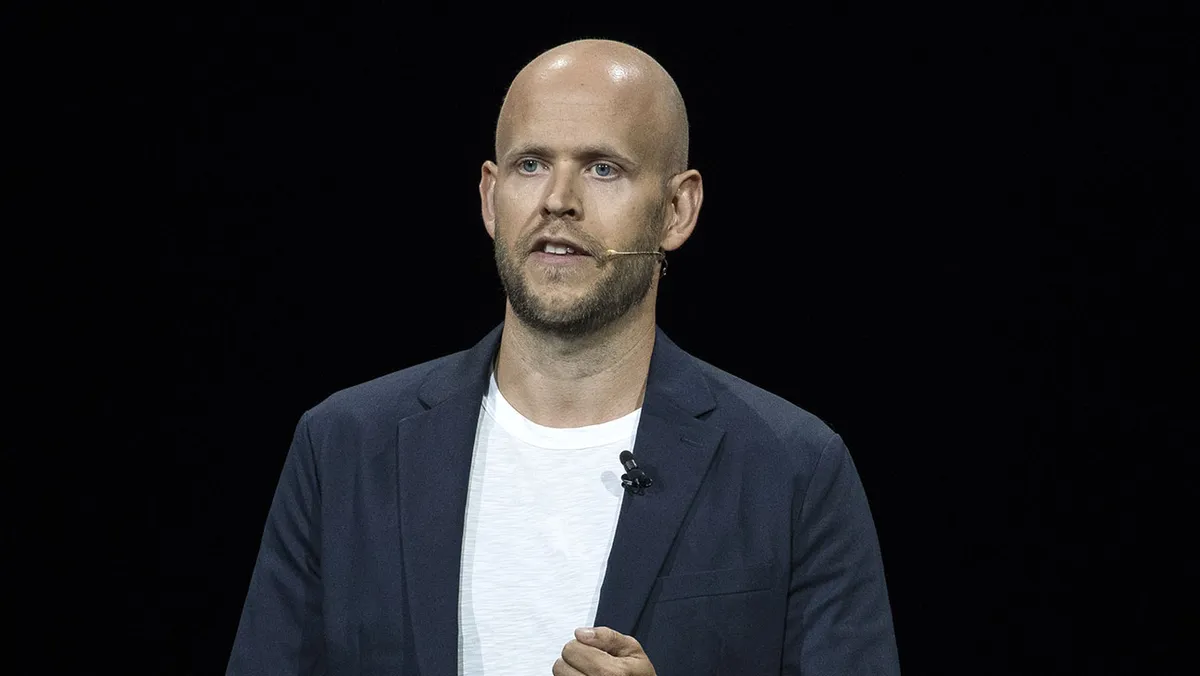
Audio streaming giant Spotify has announced impressive gains for the second quarter of 2025, concluding June with 276 million paying premium subscribers, a notable increase from 268 million at the end of the first quarter in March. The platform also saw its monthly active users (MAUs) rise to 696 million, up from 678 million in the previous quarter. Spotify's management had anticipated reaching 273 million premium subscribers and 689 million MAUs, highlighting the company's ability to exceed expectations.
Spotify reported that in the first half of 2025, net additions of subscribers grew by over 30 percent compared to the first half of 2024. This achievement marks the second-highest net additions for MAUs in a second quarter for the company. The growth in MAUs was driven by strong performances across all regions, particularly in the Rest of the World, Latin America, and Europe.
Despite these encouraging subscriber numbers, Spotify's latest earnings report revealed a quarterly loss, diverging from the expected profit. The loss, amounting to €86 million ($100 million), contrasts sharply with a profit of €274 million recorded in the same quarter last year. This shift can be attributed to rising operating expenses, which increased by 8 percent to €914 million ($1.06 billion). Key contributors to this financial downturn include higher personnel costs, increased spending on professional services and marketing, and elevated payroll taxes linked to the company's stock price.
On a positive note, Spotify's revenue surged by 10 percent, reaching €4.19 billion ($4.85 billion), buoyed by a 12 percent increase in premium revenue. However, the advertising-supported revenue, considered a significant growth opportunity, experienced a slight decline. During the earnings call, Spotify CEO Daniel Ek acknowledged that the advertising sector has not yet met expectations, attributing this to execution challenges rather than strategic flaws. Despite these difficulties, Spotify has successfully expanded its monthly active advertisers by over 40 percent year-over-year.
Looking ahead, Ek remains optimistic about Spotify's long-term trajectory. He emphasized that user retention is strong, stating, "People come to Spotify and they stay on Spotify." Ek also highlighted Spotify's ongoing evolution to add value for its nearly 700 million users. This evolving strategy not only enhances user experience but also stimulates growth in the broader industries of music, podcasts, and audiobooks.
As part of its growth strategy, Spotify is placing a significant emphasis on video content. The platform currently hosts 430,000 video podcasts, with consumption of video content growing at a rate 20 times faster than that of audio-only content since 2024. Looking to the third quarter, Spotify projects its MAUs will increase to 710 million, while premium subscribers are expected to reach 281 million.
Spotify's stock recently achieved an all-time high of $785.00, which translates to a market valuation of around $160 billion. However, following the latest earnings report, shares have experienced a downturn. Analyst Mark Mahaney from Evercore ISI highlighted potential financial risks, including negative foreign exchange impacts and rising social charges due to stock price increases, while maintaining an "outperform" rating with a $750 price target. Conversely, Ian Moore from Bernstein has reiterated a higher price target of $840, citing Spotify's "underappreciated pricing power and superfan upside," despite expectations of moderate foreign exchange impacts.
In a recent promotional partnership, Netflix announced a collaboration with Spotify for the upcoming film Happy Gilmore 2. This initiative allows Spotify users to engage in an interactive audio-visual game related to the movie, enhancing user engagement and providing innovative content experiences.
As Spotify continues to navigate its growth strategy amidst challenges, its commitment to delivering value to users remains a focal point in its ongoing evolution.